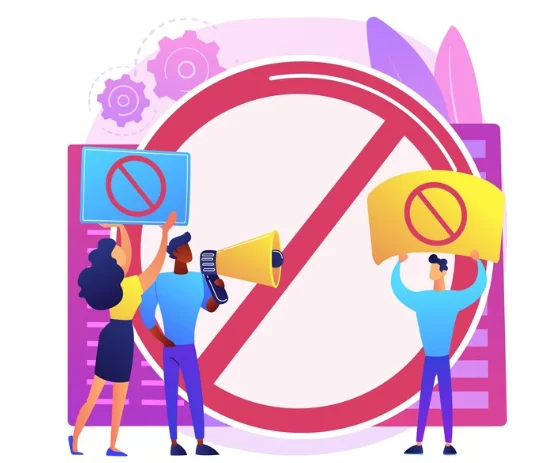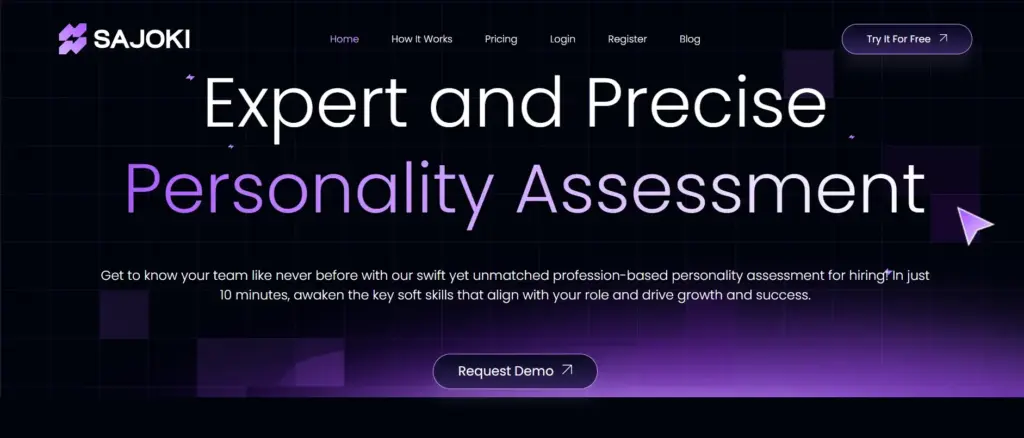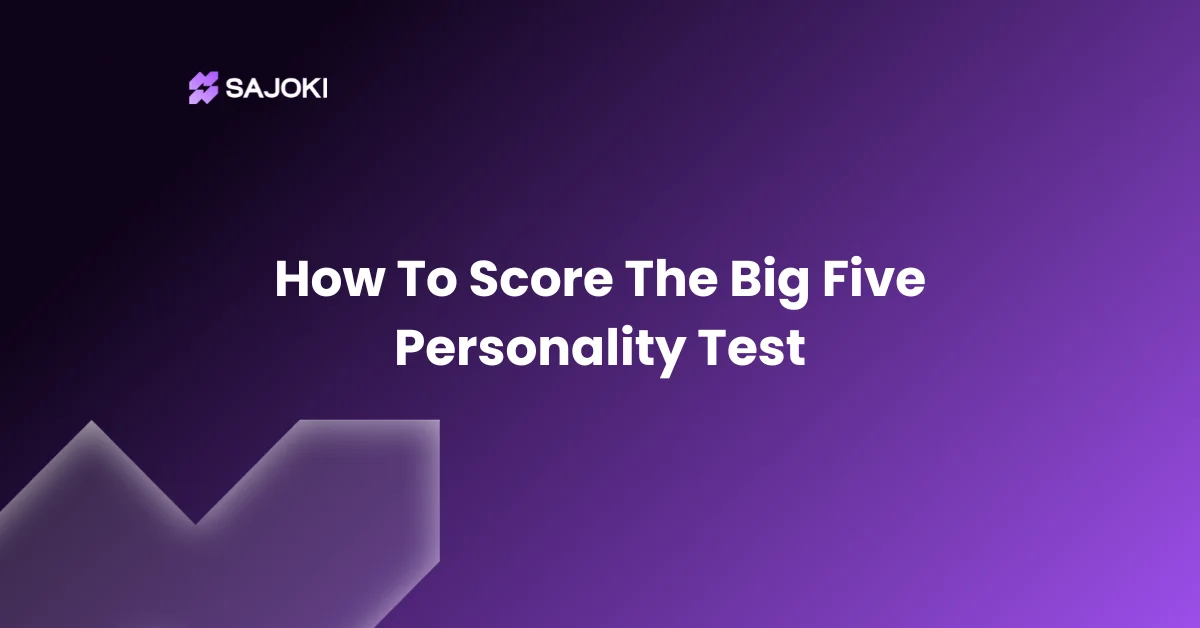Recruitment has completely transformed in the past ten years, from instinct-based to fact-based recruitment practices. The traditional recruitment procedures were based on instincts and physical examination of resumes. These old procedures gave biased results and wasted talent opportunities.
Now, companies are resorting to data-driven hiring to streamline and speed up the hiring process. It is the act of collecting, studying, and analyzing data to inform more effective hiring. It reduces prejudice, predicts candidate success, and increases cultural fit.
By replacing guesswork with actionable facts, data-driven hiring empowers HR teams. Organizations are now capable of shaping their recruitment strategy based on proven indicators instead of being driven by assumptions. This not only improves the quality of hiring but also benefits long-term business goals.
What Does Data-Driven Hiring Mean?
Data-driven hiring is a method that is fact-based, data-driven, and measurable results-oriented, not based on intuitive judgments or personal opinions. It employs systematic data at every step in the hiring process from sourcing and screening to interviewing, hiring, and onboarding candidates.
That is, data-driven recruiting entails fact-based, smarter hiring. It encompasses the utilization of metrics like time-to-fill, cost-per-hire, and quality-of-hire, as well as predictive analytics, assessment technology, and personality profiling software to have a clearer view of potential applicants.
Instead of superficial CV screening or initial impressions at interviews, HR professionals use quantitative and qualitative data to predict which candidates will be the best suit. This may include looking at a candidate’s historical performance, skill scores, fit with company culture, and soft skills.
Data-based hiring helps in avoiding discrepancies in hiring and injects transparency and accountability into the process. For instance:
- Applicant Tracking Systems (ATS) help recruiters weed out resumes promptly.
- AI-powered tests quantify cognitive abilities, behavior, and work habits.
- Cultural fit instruments quantify how closely a candidate matches the company values and culture.
- Interview intelligence tools analyze dialogue to make better judgments.
By using data from multiple sources, companies are able to get a holistic view of each candidate, enabling them to select the best candidate not only for a position, but for business success in the long term.
Data-driven hiring ultimately helps companies to build better teams, reduce staff turnover, and protect the workforce against the future.
Why Data-Driven Hiring Matters: 8 Key Reasons
Information has become an extremely powerful tool in almost all industries, including hiring. HR managers are aware that information gives a better picture of candidate fit. It moves beyond relying on intuition or soft impressions.
Predictive analytics and real-time information enable companies to automate the entire hiring process. From sourcing to screening, every step gets more accurate. The information identifies patterns that forecast high-performing employees. Here’s why it matters more than ever:
- Improves Hiring Accuracy
- Reduces Turnover and Hiring Costs
- Enhances Objectivity and Reduces Bias
- Increases Efficiency and Speed
- Supports Strategic Decision-Making
- Improves Candidate Experience
- Helps Build High-Performing Teams
- Drives Continuous Improvement
5 Core Components of Data-Driven Recruitment
Knowing the components of a data-driven hiring process is essential. The following are the fundamental elements that make this strategic recruitment model possible.
1. Predictive Analytics
Predictive analytics is the process of using historical and current data to forecast the future. In hiring, it assists in determining whether a candidate has the potential to be successful.
By observing the former employees and their performance and conduct, businesses are able to see the signs of success. This enables the shortlisting of candidates that are expected to perform. It also reduces the risks of bad hires and turnover.
2. Structured Interviews
Structured interviews are pre-set questions and marking systems. This helps in judging the candidates uniformly on all fronts.
Subjective judgments are not made by recruiters. They use data-driven measures. This helps in providing level playing to all candidates. Structured interviews also help one identify key competencies that are applicable for the job.
3. Skill Assessments
Skill-based tests measure real skills, giving an accurate picture of a candidate’s skills. These tests are objective and job specific.
Insights from evaluations are actionable feedback on a candidate’s weaknesses and strengths. It allows for better beyond resume credentials decision-making. This preserves role fit and future performance alignment.
4. Cultural Fit Analytics
Understanding how a candidate aligns with company culture is important. Culture analytics measure values, work habits, and behavioral tendencies.
Information helps gauge compatibility by means of surveys, personality tests, and past team interactions. Culture fit recruitment leads to better retention and team building. It leads to a more harmonious workplace.
5. Measuring Recruitment Metrics
Time-to-hire, cost-per-hire, and quality-of-hire metrics provide key insights. These metrics tell us what’s working and what’s not.
Tracking these KPIs helps refine strategies in the long run. It keeps the hiring process cost-effective and efficient. Steady tracking allows for continuous improvement.
Benefits of Data-Driven Hiring
Data-driven hiring is not only a fad—it’s a strategic advantage. Below are the main benefits which make it inevitable in today’s HR practices.
1. Improved Quality of Recruitment
Data ensures that you recruit based on merit and proven potential. It does away with guesswork and prejudice.
Companies benefit from higher-quality hires with a business goal focus. Enhanced recruitment choices lead to higher productivity and team unity. ROI on hiring also improves.
2. Faster Recruitment Process
Metrics such as data speed up the recruitment process by detecting possible candidates early on. Algorithms eliminate unsuitable applicants efficiently.
Decision speed with less drop-off rate of candidates maximizes quality of the recruitment process. This provides maximum return on investment in recruitment.
3. Reduced Bias and Enhanced Fairness
Old recruitment processes are prone to implicit bias. Data-driven approaches give objective measurement.
Standardized measurement promotes equal opportunity. This facilitates employer branding and diverse talent acquisition. Inclusion becomes measurable.
4. Enhanced Candidate Experience
Transparency and timely feedback are important to candidates. Data-driven processes give clear communication and feedback.
Automated tracking maintains candidate engagement. It also builds trust in the hiring process. A good experience enhances offer acceptance rate.
5. Strategic Workforce Planning
Data allows companies to forecast hiring needs from trends. It aligns recruitment with business planning.
Workforce data allows forecasting of future skill shortages and succession needs. This prepares companies for growth. Strategic hiring reduces reactive hiring risks.
Tools Used in Data-Driven Hiring
Several online tools assist companies in collecting, analyzing, and leveraging candidate data effectively. Each has a specific role in improving hiring decisions.
Some of the most common tools and systems are:
1. Applicant Tracking Systems (ATS)
ATS systems manage candidate data and screen resumes automatically.
They use keyword filtering and application scoring to rank applicants. ATS gives formal, efficient hiring pipelines.
2. AI-Based Assessment Tools
AI tools evaluate skills, behavior, and problem-solving ability. For example, Mercer Mettl HireVue, Pymetrics, Vervoe, Harver etc.
They give quick insights in the form of simulations, games, or cognitive tests. They’re scalable and give objective scores.
3. Personality and Behavioral Assessments
These tests, like DISC and Big Five, study work behavior and communication style.
They help to match personalities with jobs. SAJOKI is one instance of a platform offering AI-powered personality profiling.
4. Predictive Analytics Platforms
These platforms forecast candidate success using history and performance information.
They help detect long-term potential. Managers receive data-driven forecasts on every candidate.
5. Interview Intelligence Software
These programs record, transcribe, and examine interviews to deliver more insight.
They provide immediate feedback, assess language patterns, and identify inconsistencies. This improves interview accuracy.
How SAJOKI Advances Data-Driven Recruitment
SAJOKI is an AI-powered platform that seeks to optimize and improve the recruitment process. This AI-driven employee personality assessment tool provides personality profiling, job matching, and soft-skill assessment.
With the application of advanced analytics, SAJOKI identifies both competent and culturally appropriate candidates. The platform also offers a recruitment KPI dashboard for tracking. This gives an end-to-end and data-driven hiring experience.
Frequently Asked Questions (FAQs)
How is data-driven hiring different from traditional recruitment?
It bases decisions on data and metrics instead of gut and intuition.
What type of data are best to employ in recruitment?
Performance data, personality assessments, cultural fit scores, and hiring KPIs.
Can small businesses also apply data-driven recruitment?
Yes, most applications are scalable and inexpensive for small businesses.
How do I know if my recruitment should be more data-driven?
If you have high turnover or poor hires, data can highlight holes and improve results.
Does data-driven hiring eliminate human judgment?
No, it helps and supports human decision-making with intelligence based on fact.
Conclusion
Data-driven hiring is revolutionizing the process by which companies recruit, screen, and hire individuals. It transforms hiring from a process of impressions to an analytical approach.
Using tools like SAJOKI at the front, companies are able to make informed hires. They are blessed with rich insights and predictive analytics that make each hiring decision even better.











